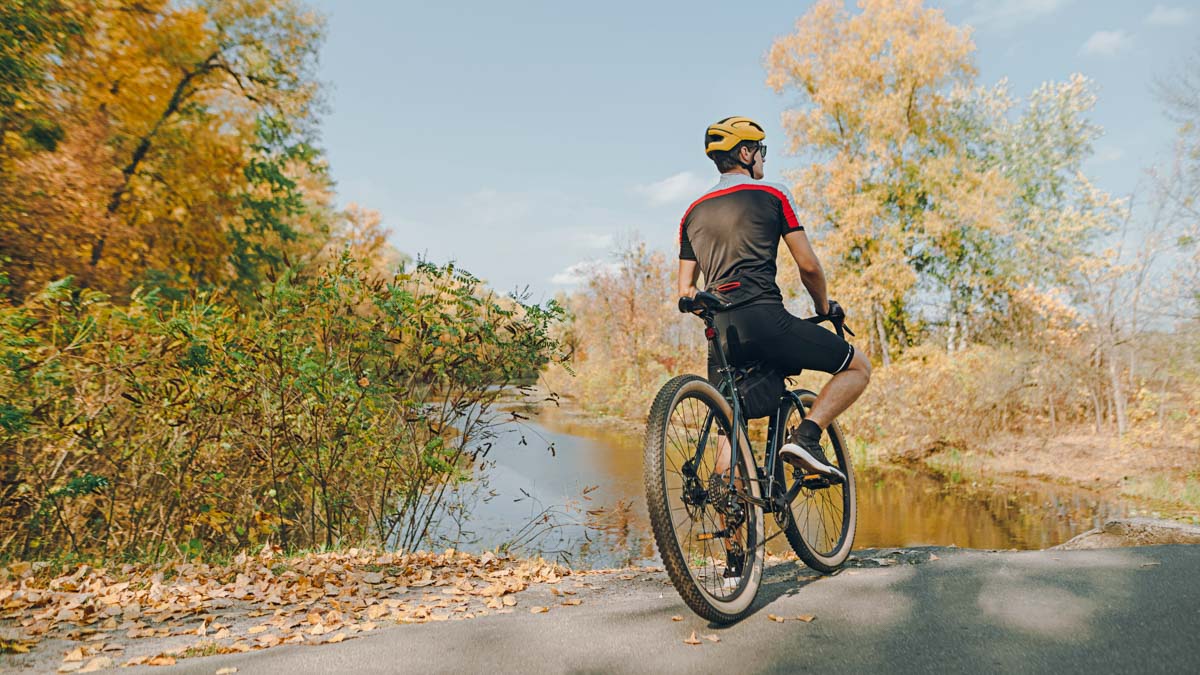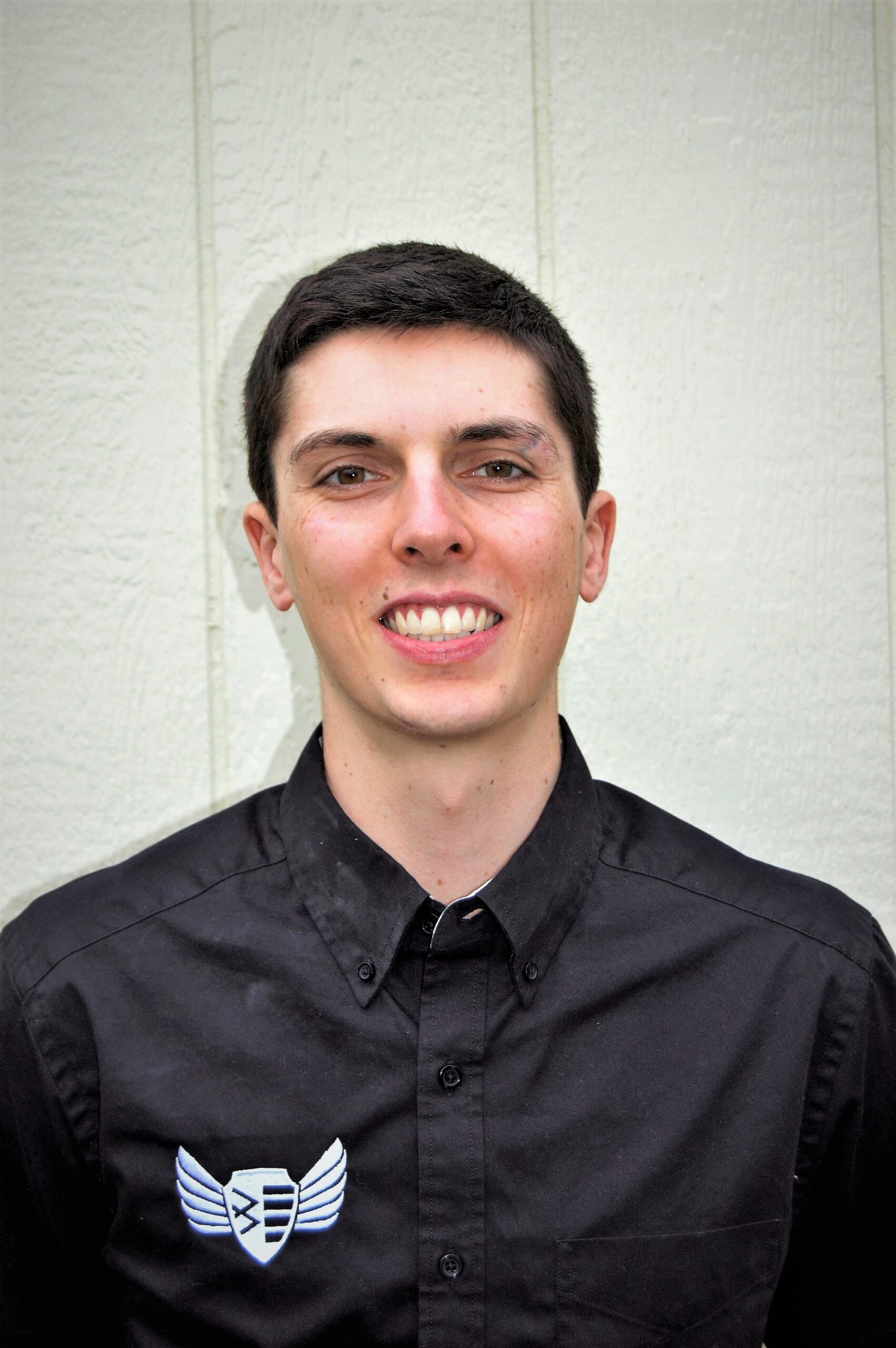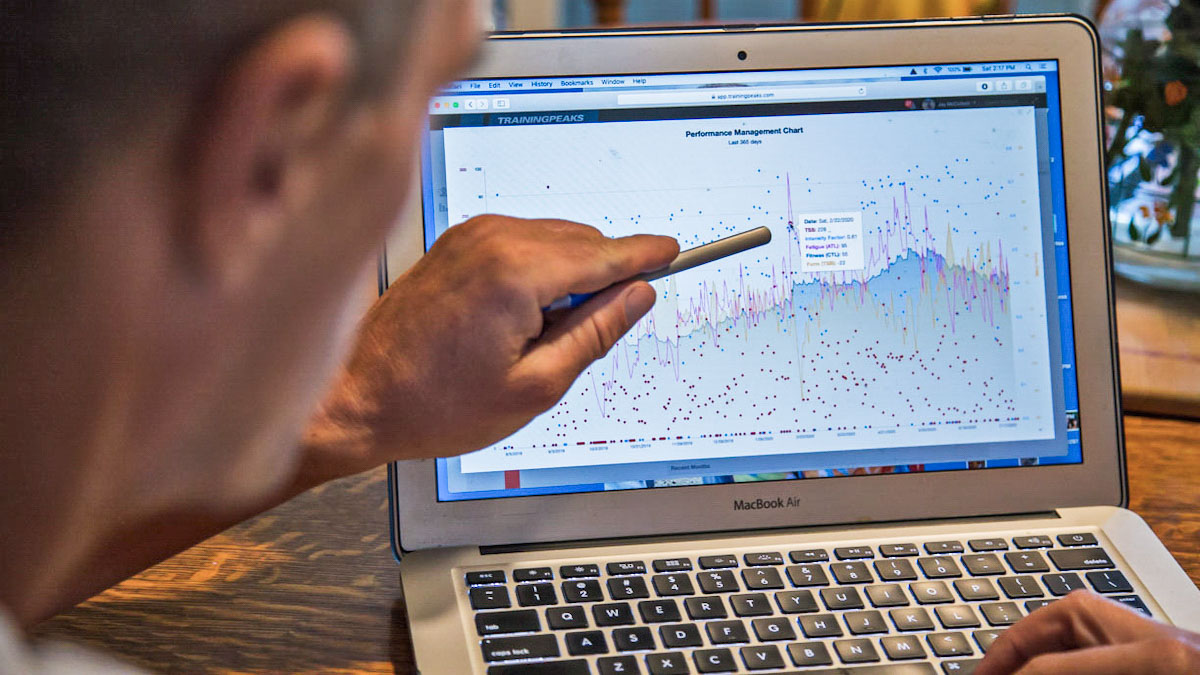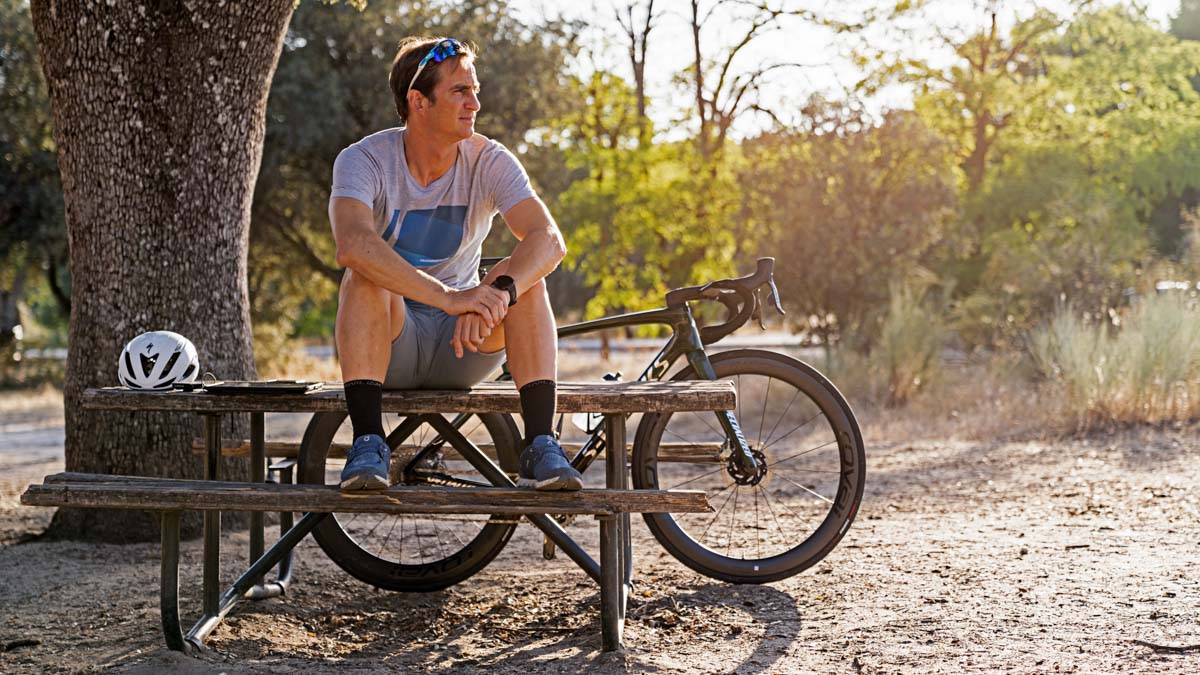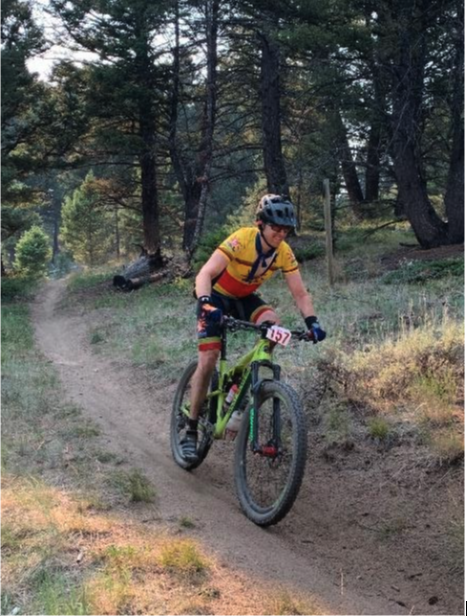Cycling is an extremely demanding sport, both physically and mentally; and after a while, you’re going to need a break. Taking time off the bike can be scary and you might feel like you’re losing fitness at a rapid rate, but for most cyclists, the benefits of an off-season outweigh the drawbacks. In fact, you won’t lose as much fitness as you think and you’ll probably come back even stronger. Time it right, and you could have your best season ever following a well-planned off-season. Here’s how to do it.
What’s an Off-Season?
An off-season is a period of time during which you purposely cease training with the goal of resting and rejuvenating both body and mind. In other words, you stop riding for a few weeks so that you can reach a higher peak in the future. In the world of professional cycling, you may recognize the off-season as the time when all the pro cyclists go to the beach in November, without touching their bike for a month — and there’s good reason for this.
Cyclists Need to Recover
The off-season is a crucial period of rest that’s as important to an athlete’s yearly training plan as any tough training session is. Many athletes (including my own) follow a periodized training approach of three weeks on and one week off, which creates a sustainable plan that allows the athlete to make progress while also taking the time to rest and recover. The off-season mirrors the periodized approach but on a much bigger scale. After 3, 6, or 9 months of training, usually from January through September, you have earned a few weeks off the bike and time away from structured training.
Another purpose of the off-season is to prevent overtraining or burnout. As endurance athletes, we are apt to push ourselves to our limits — but this can take a toll. Without adequate rest, you can push yourself too far, resulting in injury, lack of motivation, and stunted fitness. The off-season is like preventative care, getting ahead of the problem before it arises.
When to Begin Your Off-Season
The off-season should come at the end of your heaviest racing and training block, and immediately following your last goal event. This gives you the most time to relax and recover, with plenty of time to build up your fitness ahead of the next racing season. This traditionally comes in early fall — around September or October — for riders who target road racing, mountain biking, and gravel events in the spring and summer. The peak events for these disciplines fall in May-July, with the last of them wrapping up in September-October. Unless you have an important cyclocross race before Thanksgiving, this is the time to take a break.
For one of my athletes targeting the USA Cycling Road National Championships in July, here’s how their season would look from 20,000 feet:
| Month(s) | Training focus |
| January-March | Base |
| March-May | Build |
| May-June | Peak |
| July | Goal event |
| July-September | End of season races |
| October | Off-season |
| November-December | Unstructured riding (e.g., CX for fun) |
Some athletes can (and should) take a short mid-season break of 1-2 weeks off the bike, especially if they have a long racing season. A road racer on the West Coast, for example, could be racing criteriums from January through October. But this period is far too long to stay in peak racing condition, so it is recommended to take a short off-season in April or May.
How Long Should Cycling Off-Season Be?
One week is the minimum amount of time you’ll want a break from the bike, but the more tired you are, the longer your off-season should be. If you just hit the summer racing circuit and raced from May through August, you might only need a week of rest. But if you raced cyclocross through the winter, started road racing in January, and continued through August, you’re going to need 2-4 weeks off the bike.
Of course, you will lose fitness during the off-season — but don’t sweat it. You will gain all of that fitness back and more when you return to training, and that extra boost of freshness and energy could propel you past your previous limits.
Remember that during the off-season, you are almost as far away from your goal events as possible. Most of my athletes target summer racing events such as USA Cycling Nationals in June or July, and their off-season comes soon after in September or October. That gives you a full eight months to resume training, build your fitness, and be in peak condition for next year.
What You Should Be Doing During Off-Season
One of the most common questions I hear from my athletes is, “What can I do during my off-season?” They want to ride and train and race, because that’s what they’re used to and what they’re driven towards as competitive cyclists. But you shouldn’t be doing any of this during the off-season — it’s a season to take off!
During your time away from the bike, there are a number of other things that you can do, some of which involve exercise and some of which do not. In just the first few days off the bike, you’ll notice that you suddenly have an abundance of time. Use this to your advantage! Catch up on work or house projects, spend more time with friends and family, or simply sit by the window and read. Remember that the purpose of the off-season is to rest and recharge, so don’t overdo it by building a new deck in two weeks or you’ll be exhausted when you return to training!
A common myth about the off-season is that you’re not allowed to ride, run, or do anything strenuous whatsoever. You should refrain from training and racing during the off-season, of course, but you should also stay active if you desire. Only professional cyclists who average 20+ hours of weekly training throughout the year truly need a physiological break of more than two weeks. Most of us who are training 5-10 hours per week need more of a mental break than a physical one, and that’s why it’s okay to ride during the off-season (as long as it’s unstructured and easy).
You can ride your bike to the coffee shop, around the neighborhood with the kids, or to the local mountain bike park. Stay away from high-intensity intervals and just enjoy the ride. The off-season is a wonderful opportunity for rest and relaxation, but it is also the perfect time to remind yourself why you love riding a bike.
References
Bogdanis, G.C. (2012, May 18). Effects of physical activity and inactivity on muscle fatigue. Retrieved from https://www.frontiersin.org/articles/10.3389/fphys.2012.00142/full
